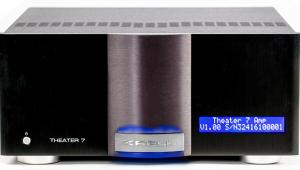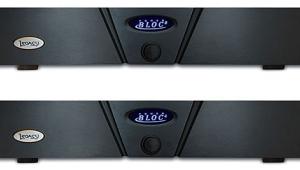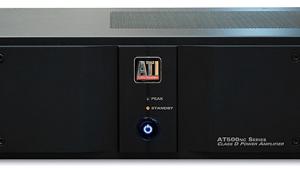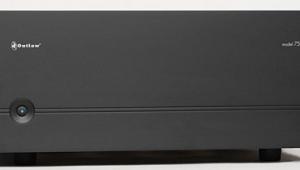I'm genuinely curious so please don't take this as a trolling attempt:
To the best of my knowledge an amplifier's function is to take a weak (source) signal, amplify it, and pass it on. Now, if that's the case, how on earth can one amplifier improve (or even just impact) imaging better than any other amplifier in any other way than applying more or less power?




























































